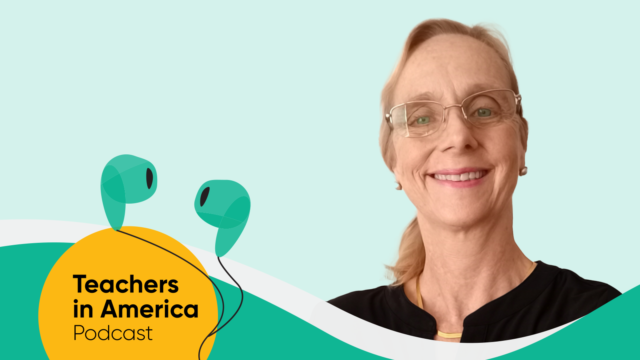
Since the release of the Next Generation Science Standards* (NGSS) in 2013, it has been generally acknowledged that assessment is one major challenge of implementation. Why? Because existing science assessments don’t capture three-dimensional science learning.
The National Research Council in 2014 released recommendations for assessing NGSS. Their key finding was that instruction, when aligned with NGSS, will naturally provide many opportunities for teachers to observe and record evidence of student learning.
According to the National Research Council, three student activities that reflect 3D learning include:
- Developing and refining models
- Generating, discussing, and analyzing data and engaging in both spoken and written explanations
- Elaborating arguments and reflecting on understanding
The results of these activities—summative assessment examples—will give you a clear picture of your students’ progress toward achieving mastery of the performance expectations. Unlike formative assessments, summative assessments provide a means to more formally assess students throughout lessons. Summative assessments may be at the end of lessons or units, as well as at various times throughout the school year via benchmark assessments. To better understand these summative assessment opportunities, especially those at the end of a lesson, I’m going to take you through a 5E model lesson.
The 5E Model
This model is recommended by NGSS experts. The last E is Evaluate, a natural place within the lesson for summative assessment.
Each lesson may start with a discrepant phenomenon or an unusual event. A middle school example of a discrepant phenomenon may be that an island is appearing overnight.
At the start of the lesson, students will explain the phenomenon in writing or drawing. At the end of the lesson, you’ll return to the same phenomenon and ask students to explain it once more. This time, students have what they’ve learned in the lesson recorded in their evidence notebook. As they return to the same phenomenon, you should be able to see a strengthened explanation. You will be able to see and assess this as part of your summative evaluation of student outcome.
At the end of each unit, you may weigh additional summative assessment options. In addition to unit review, you can consider unit performance tasks. In meeting an engineering challenge, students will be able to demonstrate their mastery of key steppingstones toward the performance expectation. This is just the sort of activity that the National Research Council suggests when supporting inferences about students’ three-dimensional science learning, as described in a given performance expectation.

Assessments: Mid-Year vs. End-of-Year
It’s important to assess students at mid-year to gauge how well they’re progressing toward meeting performance expectations. You can ask higher-order thinking questions, and this can be done using pencil and paper format. You’ll ask students to recognize a pattern, and in doing so, you’re having them grasp one of the NGSS crosscutting concepts. You may also want to consider providing students the same sort of higher-order thinking assessment in a digital format, preparing them for high stakes assessments.
End-of-year assessments should offer a mix of items designed to test understanding and important holistic assessment that is problem-based. In the following example, students will explore the relationship between distance and apparent brightness as they relate to stars.

Preparing students for high-stakes, open-ended digital assessment is a challenge. Truly open-ended virtual labs can be summative assessments. By providing realistic situations to students, they can see themselves as scientists, and you can see their work for summative assessment.
The views expressed in this article are those of the author and do not necessarily represent those of HMH.
***
This blog is based on a Professional Development video found within HMH Science Dimensions.
Learn more about how an NGSS science curriculum enables teachers to guide K–12 students in learning through exploration, analysis, application, and explanation.
*Next Generation Science Standards and logo are registered trademarks of Achieve. Neither Achieve nor the lead states and partners that developed the Next Generation Science Standards were involved in the production of this product, and they do not endorse it.
Related Reading


















